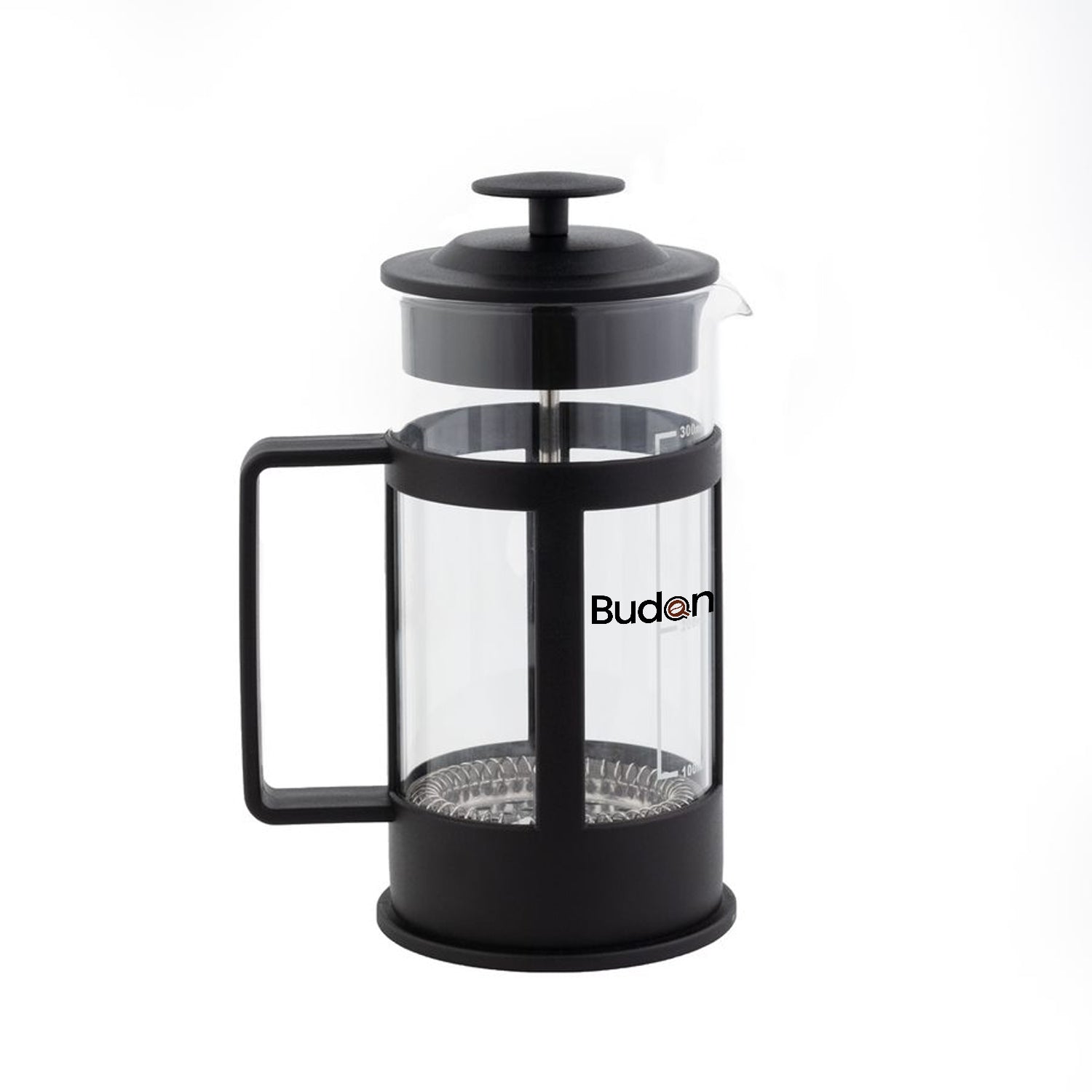Coffee is one of the most beloved beverages in the world, and its taste is influenced by countless factors — from the soil it’s grown in to how it’s roasted and brewed. One element that plays a particularly important role in shaping coffee flavor is altitude. You might have noticed numbers like 1,200 MASL or 1,800 MASL on a coffee bag (MASL stands for meters above sea level). These numbers aren’t just technical jargon; they tell you a lot about what to expect in your cup.
In this blog, we’ll explore how altitude impacts coffee flavor, why it matters, and what it means when you’re choosing your next bag of coffee.
Why Does Altitude Matter in Coffee?
Altitude determines how quickly coffee cherries mature on the plant. At higher elevations, cooler temperatures slow down the growth process. This slower maturation allows the beans to develop more complex sugars and organic compounds, leading to richer and more nuanced coffee flavors.
At lower elevations, warmer climates speed up growth. While this results in higher yields, it often produces beans with simpler flavor profiles, typically leaning toward chocolatey or nutty notes.
In short: the higher the altitude, the more complex the coffee flavor tends to be.
The Science Behind Altitude and Coffee Flavor
To understand altitude’s effect on coffee, we need to look at the growing environment:
-
Temperature: High altitudes have cooler climates. This slows bean development, creating denser beans with higher sugar content.
-
Oxygen Levels: Reduced oxygen at higher altitudes influences how plants metabolize energy, contributing to unique flavors.
-
Sunlight: Intense, direct sunlight at high altitudes encourages photosynthesis, further developing sugars and acids in the beans.
-
Drainage: Mountainous regions often have volcanic soils and good drainage, preventing waterlogging and encouraging nutrient-rich coffee plants.
All of these factors together explain why coffee from mountainous regions like Ethiopia, Colombia, and Kenya is often prized for its bright, fruity, and floral flavor profiles.
Coffee Flavor Profiles by Altitude
Let’s break it down into categories so you know what to expect depending on where your coffee is grown:
1. Low Altitude (Below 900 MASL)
-
Typical Countries/Regions: Brazil (lowland areas), parts of India, Indonesia
-
Coffee Flavor: Simple, chocolaty, nutty, lower acidity, heavier body
-
Best Brewing Methods: Espresso and French press, where a strong, bold flavor is preferred
2. Mid-Altitude (900–1,500 MASL)
-
Typical Countries/Regions: Colombia, Honduras, Guatemala
-
Coffee Flavor: Balanced, smooth, sweet with medium acidity. Often includes caramel, toffee, or mild fruit notes.
-
Best Brewing Methods: Works well in drip coffee and pour-over methods for everyday drinking
3. High Altitude (1,500–2,000 MASL and above)
-
Typical Countries/Regions: Ethiopia, Kenya, Panama (Geisha farms), Costa Rica
-
Coffee Flavor: Bright, fruity, floral, with complex acidity. Can include citrus, berries, and exotic notes like jasmine.
-
Best Brewing Methods: Pour-over (V60, Chemex), Aeropress, and other brewing methods that highlight delicate flavors
How Altitude Affects Bean Density
One of the clearest indicators of quality is bean density, and altitude directly impacts it.
-
High-Altitude Coffee Beans: Denser, smaller, and packed with sugars and organic compounds. These beans often require more precise roasting but yield complex flavors.
-
Low-Altitude Coffee Beans: Less dense, larger beans with simpler sugar structures. They are easier to roast consistently but tend to produce simpler flavor profiles.
Roasters often adjust their roasting profiles depending on bean density. For example, high-altitude beans are roasted more gently to preserve delicate fruit and floral notes.
The Relationship Between Altitude and Acidity
One of the most noticeable effects of altitude on coffee flavor is acidity. In coffee, acidity doesn’t mean sourness but rather brightness and liveliness on the palate.
-
High Altitude: High acidity, crisp, vibrant notes (like citrus or berries)
-
Mid Altitude: Balanced acidity, sweet and smooth
-
Low Altitude: Low acidity, mellow flavors
This is why Ethiopian Yirgacheffe (grown around 1,800–2,000 MASL) often bursts with citrus and floral tones, while lowland Brazilian coffee tends to be smooth, nutty, and sweet without sharp acidity.
Examples of Coffee by Altitude
-
Ethiopian Yirgacheffe (1,800–2,000 MASL): Floral, lemon, jasmine, tea-like body
-
Kenya AA (1,500–2,100 MASL): Blackcurrant, winey acidity, complex fruit flavors
-
Colombian Supremo (1,200–1,800 MASL): Balanced, caramel, nutty, mild fruitiness
-
Brazilian Santos (800–1,200 MASL): Sweet, chocolaty, nutty, low acidity
Why Altitude Is Not the Only Factor
While altitude is significant, it’s not the sole determinant of coffee flavor. Other factors play crucial roles:
-
Soil type: Volcanic soils often create rich, complex coffee flavors.
-
Climate: Rainfall, humidity, and seasonal patterns impact quality.
-
Processing method: Washed, natural, or honey processing dramatically changes how flavors present.
-
Varietal: Different coffee plant varieties react differently to altitude.
For example, a high-altitude Colombian coffee processed naturally might taste fruitier than a washed Ethiopian coffee at the same elevation.
How to Choose Coffee Based on Altitude
Now that you know how altitude affects coffee flavor, here’s a quick guide for choosing coffee to match your taste:
-
If you love bright, fruity, and floral coffee: Look for high-altitude coffees (1,500+ MASL), especially from Ethiopia, Kenya, or Panama.
-
If you prefer smooth, balanced flavors: Choose mid-altitude coffees (900–1,500 MASL), such as Colombian or Guatemalan.
-
If you enjoy bold, chocolaty, and nutty notes: Go for low-altitude coffees (below 900 MASL), especially from Brazil or Indonesia.
Altitude and Brewing Recommendations
Your brewing method can enhance altitude-related flavors:
-
High-Altitude Coffees: Best enjoyed in pour-over or Aeropress, which highlight acidity and delicate notes.
-
Mid-Altitude Coffees: Versatile — works well with both drip and espresso.
-
Low-Altitude Coffees: Shine in espresso or French press for strong, bold cups.
Common Misconceptions About Altitude and Coffee Flavor
-
“Higher altitude always means better coffee.”
Not necessarily. While higher altitude often produces more complex flavors, quality depends on farming practices, processing, and roasting. -
“Low-altitude coffee is inferior.”
False. Low-altitude Brazilian coffees are perfect for espresso blends because of their sweet, nutty profiles. -
“Acidity means sour coffee.”
Acidity is a positive trait in specialty coffee, adding liveliness and brightness. Sourness usually comes from under-extraction during brewing.
Final Thoughts
Altitude is one of the most fascinating factors influencing coffee flavor. From nutty and chocolatey lowland coffees to fruity and floral highland brews, altitude shapes the complexity, acidity, and density of the beans.
The next time you pick up a bag of coffee, pay attention to the altitude listed. Understanding this detail will not only help you choose coffee that matches your preferences but will also deepen your appreciation for the journey from farm to cup.
Coffee isn’t just about caffeine — it’s about flavor, story, and craft. And altitude is one of the keys to unlocking that story.


























